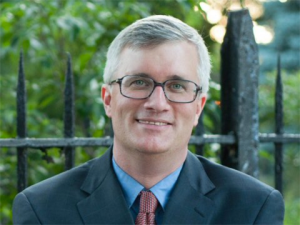What Paterson’s Senate District Stands to Gain From Pricing
 With conflicting reports on congestion pricing’s status in Albany, and given his own ambiguous statements, it remains to be seen whether Governor David Paterson will get behind the plan — though a look at census data published by the Tri State Transportation Campaign shows that most of those he once represented in the New York State Senate could only benefit.
With conflicting reports on congestion pricing’s status in Albany, and given his own ambiguous statements, it remains to be seen whether Governor David Paterson will get behind the plan — though a look at census data published by the Tri State Transportation Campaign shows that most of those he once represented in the New York State Senate could only benefit.
In District 30, which stretches from the Upper West Side to Washington Heights and includes Harlem, Morningside Heights and Sugar Hill:
- 54.5% commute into the proposed congestion pricing zone for work
- 45.5% take transit into the zone
- 2.8% drive alone into the zone
- 79.8% of households do not have a vehicle (average annual income: $38,089)
- 20.2% of households have one or more vehicles (average annual income: $89,390)
- 96.8% would not pay the congestion charge
Along with perks that would be enjoyed by the entire city — reduced traffic, cleaner air, improved overall transit, funds for livable streets amenities, etc. — Paterson’s former district (where he still lives) would also see a host of bus service upgrades. Among them:
- M1/M2/M3/M4: 9 new local buses
- M101/M102/M103: 5 new articulated buses
- M98: 10 new express buses
- M86: 4 new articulated buses
- M104: 3 new local buses
Taken on the whole, over half of congestion pricing-related bus service improvements in Manhattan would directly benefit residents of Senate District 30.
The 30th District is now represented by Senator Bill Perkins. I was scheduled to attend a meeting with Perkins on congestion pricing in Albany on Tuesday, but when he didn’t show after half an hour I had to head to Deborah Glick’s office.
Graph: Tri-State Transportation Campaign
